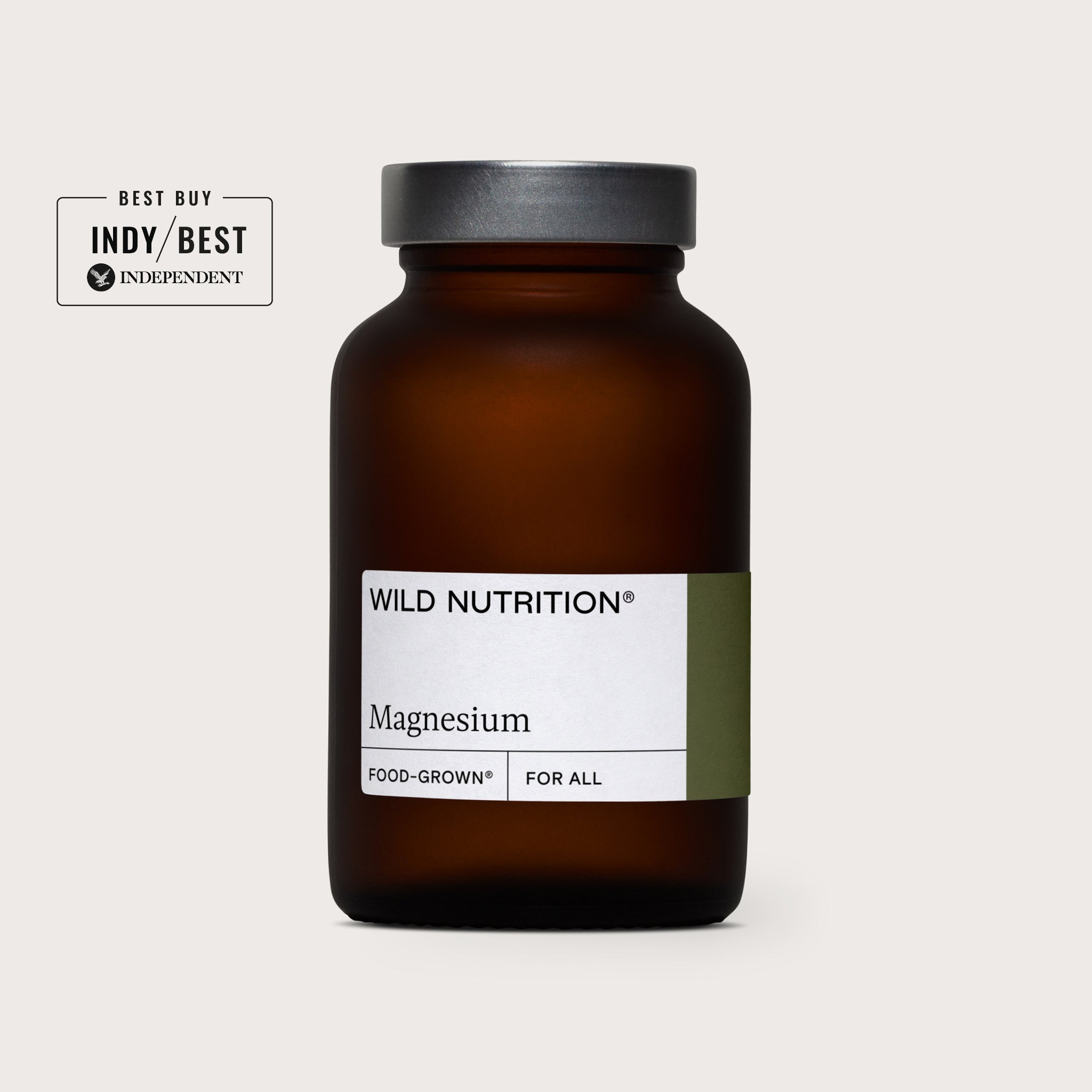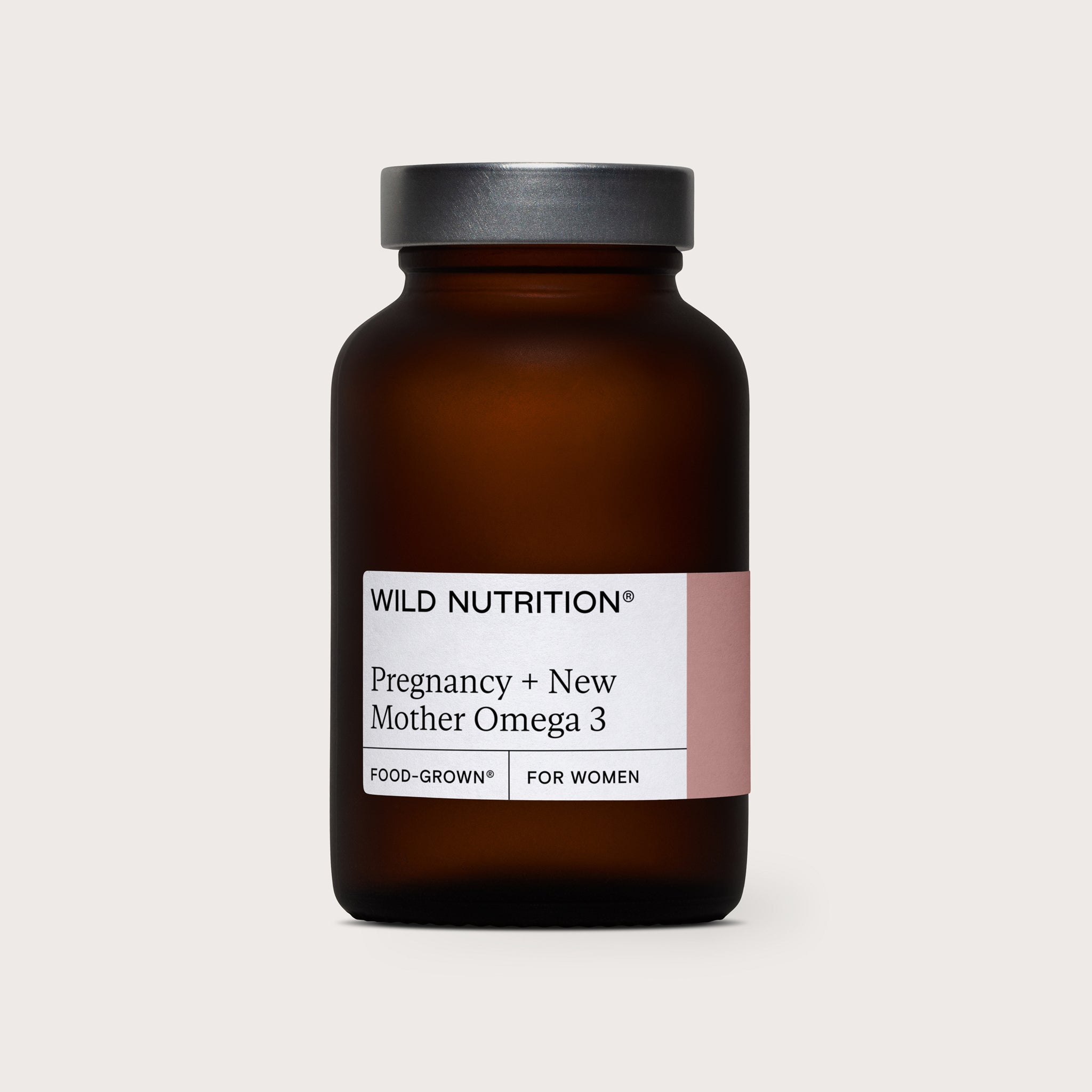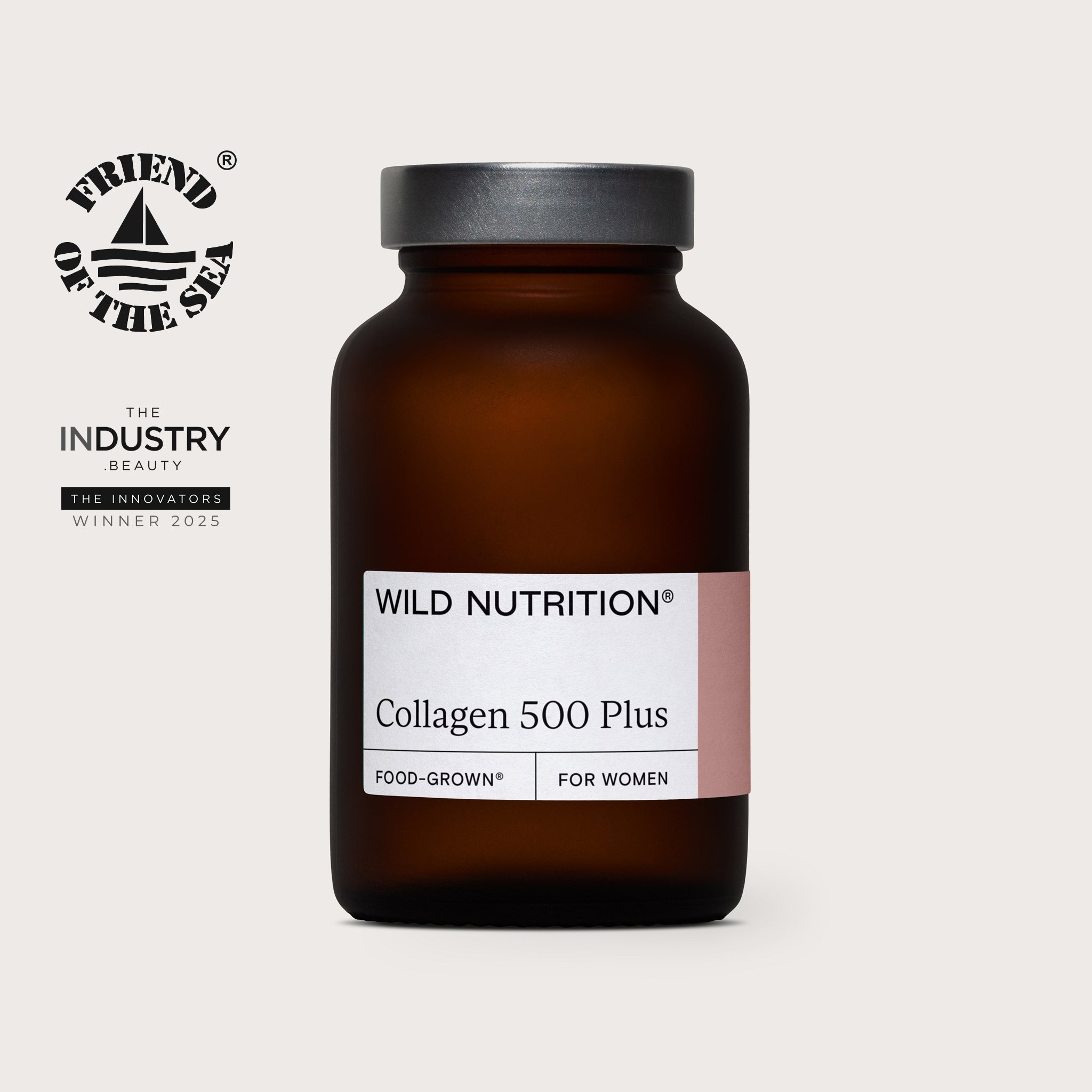
Your Second Trimester Guide
You may have come into a bit of a groove in your pregnancy as you entered the second trimester. Hopefully some of the fatigue and nausea are starting to pass and your hormones should be levelling out. Women often feel that their energy increases during this trimester. It's still important not to overdo it, but hopefully you feel more energised to get back to a sense of normality with everyday tasks and activities.
Weeks 13-27
Disclaimer: Everyone's experience and symptoms are different
What physiological changes are happening:
You will likely see gradual growth throughout the second trimester and you might notice you suddenly ‘look pregnant’ with a growing bump and breasts. Remember everyone’s journey is different and someone else's 22 weeks may look very different to yours.
Symptoms:
Stretch marks: a common occurrence in pregnancy, this happens when the elastin stores within the body reach their capacity and stretch the skin. They are perfectly normal and are often down to someone's skin type and genetic predisposition. You can help soothe the skin with vitamin e natural creams and support the skin's elastin production with Vitamin C (citrus fruit, bell peppers, kiwi, tomato, broccoli) & E rich foods (sunflower seeds, spinach, avocado, almonds).
Gestational diabetes: if caught early, often it can be effectively managed by diet and lifestyle changes before medication is required (book a call with us to discuss what changes can be effective).
Odema: swollen ankles and hands can start as early as the second trimester, caused by retained water. Contributing factors can be hormonal changes and mineral deficiencies. Don't reduce fluid intake as this is dangerous in pregnancy and can actually worsen symptoms. Tip: stay hydrated with natural diuretics, such as dandelion or nettle tea, try to decrease sugar and salt intake and swap table salt for naturally mineralised rock or sea salt.
Thrush: if there was an imbalance of gut bacteria before pregnancy this can lead to thrush in pregnancy. This increased incidence is due to changing oestrogen which increases glycogen (a type of sugar) within the vagina, yeast candida albicans then feeds off of this glycogen within the vagina and gut. This can be exacerbated by a diet high in sugar and low in fibre. Focus on reducing sugar intake if this is high in your diet and increase fibre rich whole foods.
The nutrients that are most important during this stage:
The second trimester is all about finding a good balance with your pregnancy diet and hopefully your appetite has returned and nausea has subsided, or is on its way to. Focus on variety where possible, ensuring you are including the foods recommended in our ‘nutrition during pregnancy’ blog post.
Key takeaways:
- Aim to have a balanced diet with lots of colour and diversity if your morning sickness has now gone.
- Include magnesium-rich foods in your diet to help with common pregnancy symptoms.
- Be mindful of sugar intake and keep fibre levels topped up to reduce risk of thrush.
- Enjoy the additional energy, but make sure you don't overdo it, your body’s still working very hard.
To prepare for your next trimester read 'Your Third Trimester Guide.'
Further Reading:
Wild Nutritions founder Henrietta Norton book: 'Your Pregnancy Nutrition Guide'
Reference NHS guidance on what to avoid https://www.nhs.uk/pregnancy/keeping-well/foods-to-avoid/












